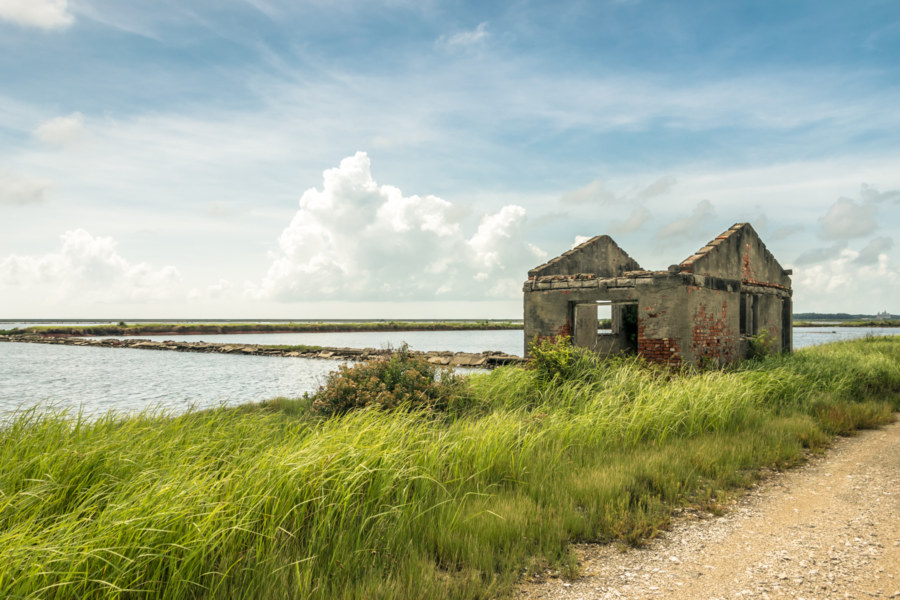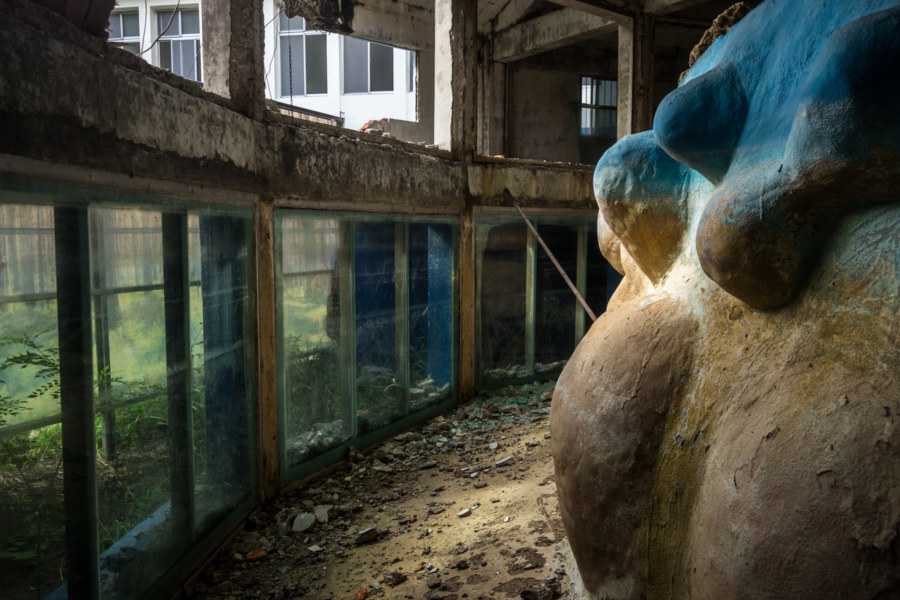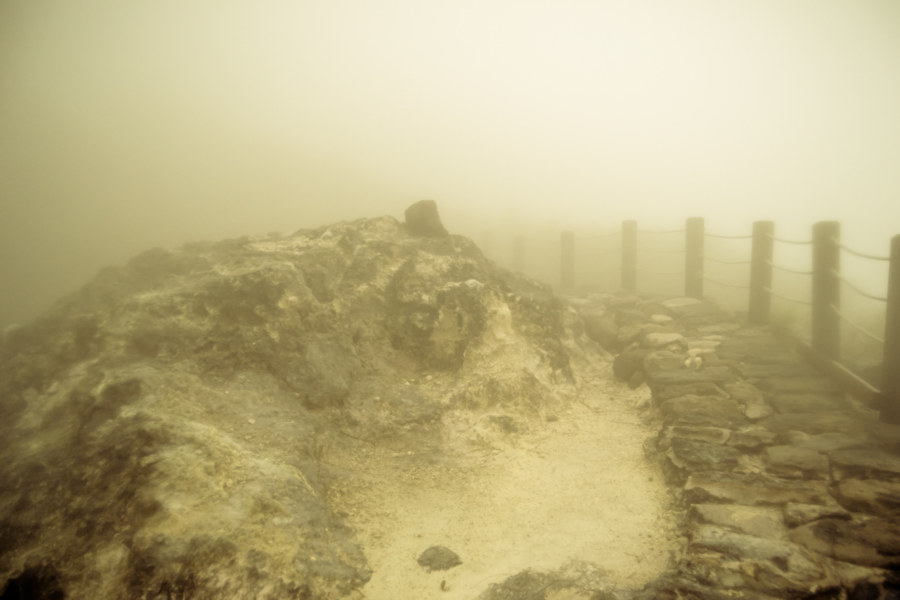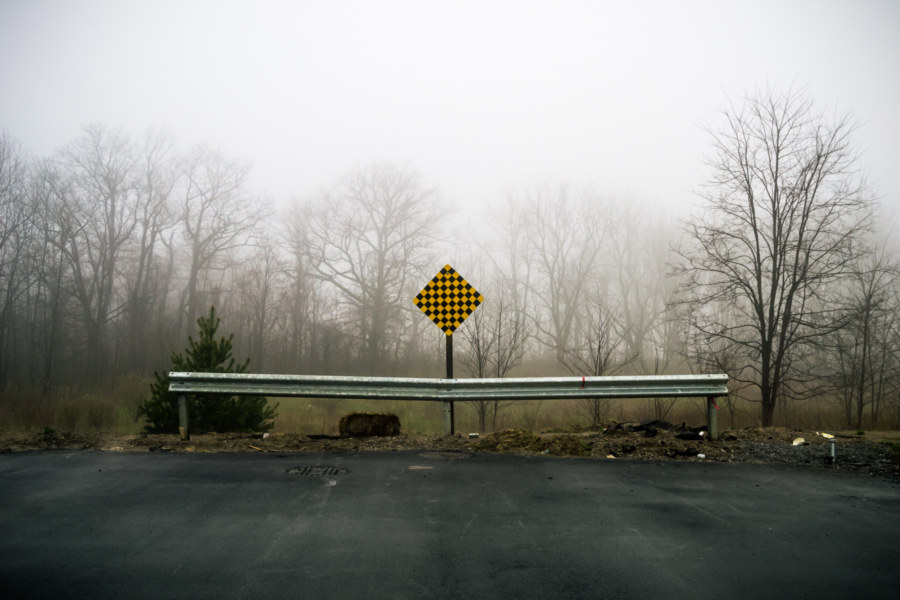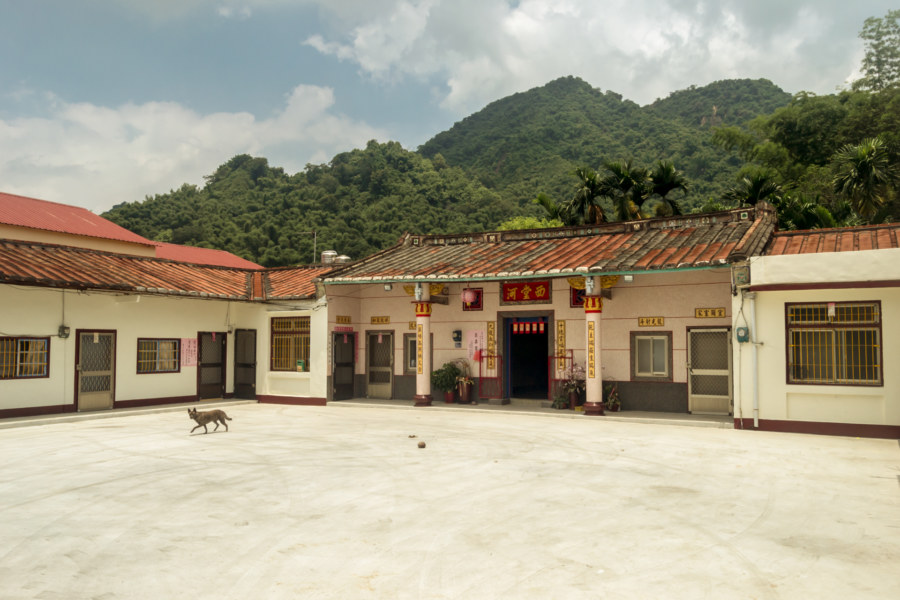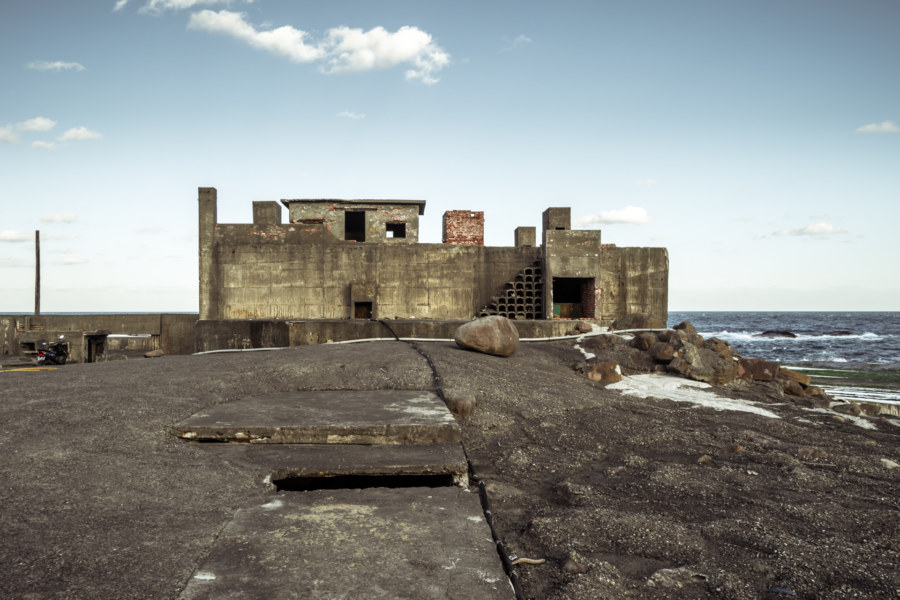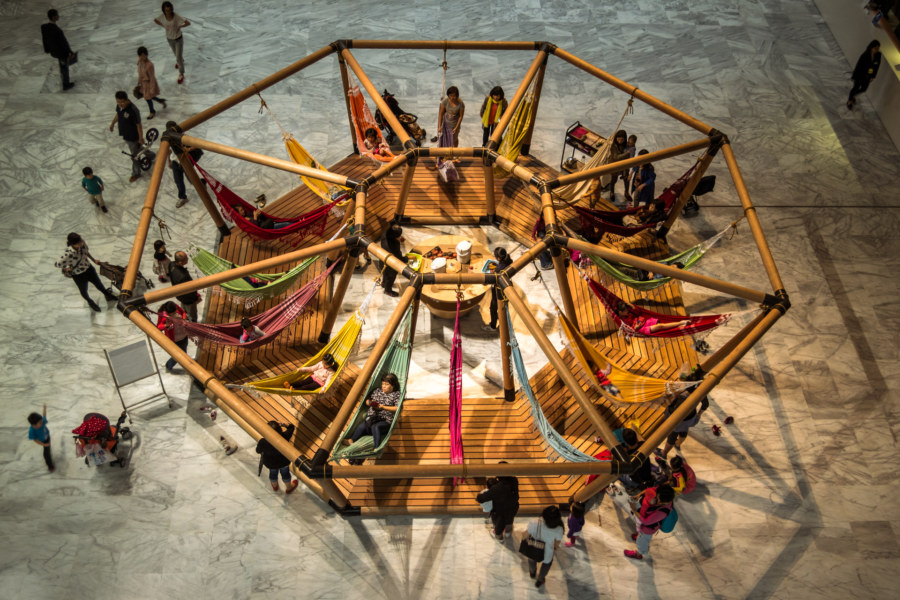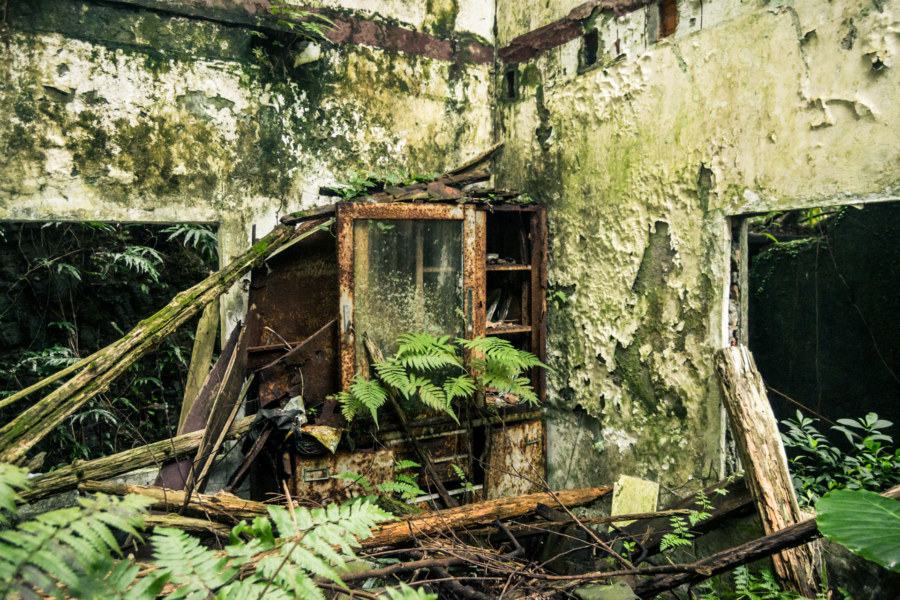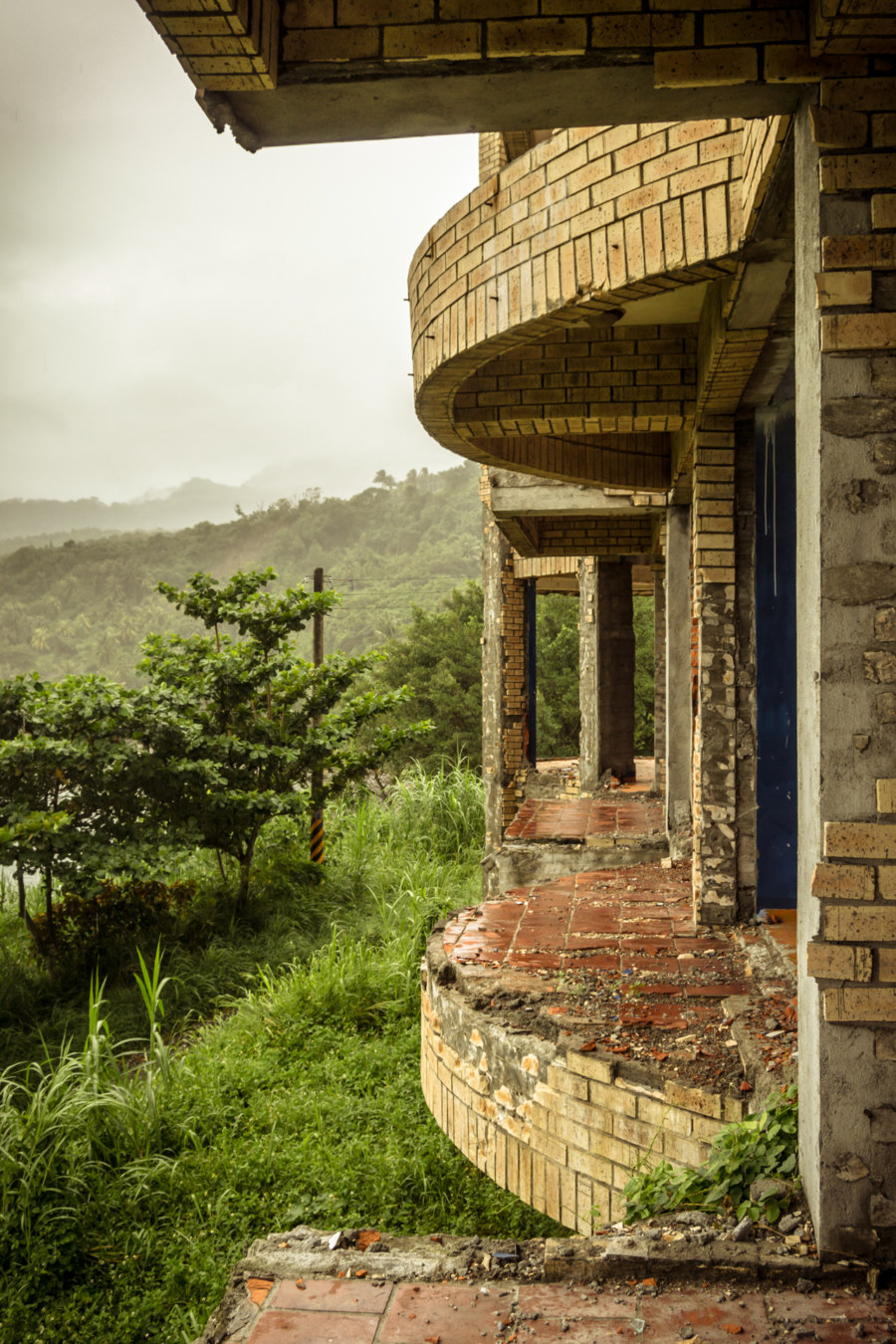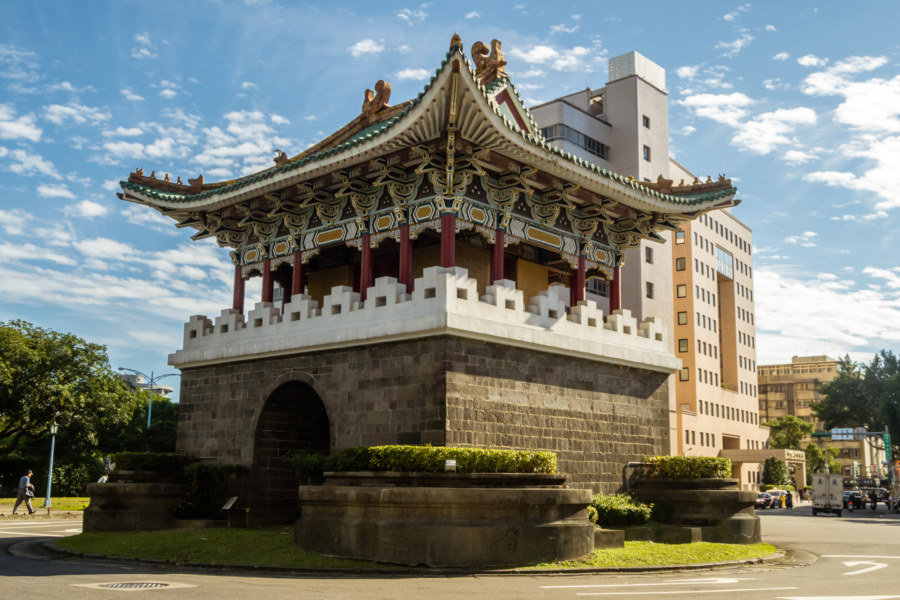The southwestern coastal region of Taiwan is salt country. From Budai in Chiayi down through Beimen, Jiangjun, and Qigu in Tainan, an incredible expanse of manmade salt evaporation ponds sprawl across a completely flat and almost featureless landscape, much of it reclaimed from the briny lagoons that line the coast. Salt has been produced here for more than three centuries by channeling seawater into artificial enclosures and letting the strong tropical sun do the rest. Taiwan’s accession to the WTO in 2002 doomed the industry and all remaining salterns (or salt fields, if you like) were decommissioned that same year. This led to the abandonment of the unique Qīngkūnshēn Fan-Shaped Saltern (青鯤鯓扇形鹽田), now a surreal reminder of the history of salt production in southern Taiwan.
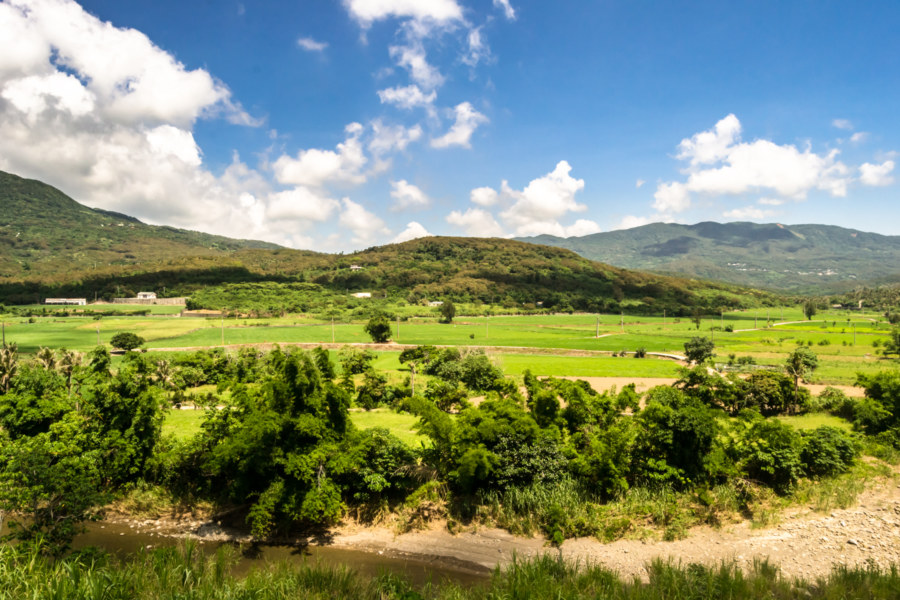
Anything to do with maps and the processes that shape the earth.
Subterms
Golden Birds Paradise 金鳥海族樂園
Not long after returning to Taiwan in 2015 I received an invitation from a friend to go road tripping down to Hsinchu to check out an abandoned theme park. Along the way we stopped off to check out a derelict cablecar station and the restored Héxìng Station 合興車站 before arriving at the gateway to Golden Birds Paradise 金鳥海族樂園. Located in the rolling hills of Hsinchu not far from the border Taoyuan, it was among the most extensive and well-known theme parks of northern Taiwan at its peak in the 1990s. Business faltered with the rise of new forms of entertainment in the 2000s and from what I can tell it was completely abandoned nearly a decade ago. Most of the amusement park rides were torn out and probably sold for scrap metal long ago—but many of the original buildings remain, neglected and overgrown.
A Foggy Hike in Yangmingshan 陽明山
These photographs were taken in early October 2013 while hiking around Yángmíngshān National Park (陽明山國家公園). After meeting up with a friend we took a bus from Jiantan Station in Shilin to Lengshuikeng with the intention of checking out Milk Lake (Niúnǎichí 牛奶湖). Racing up the meandering mountainside roads we soon found ourselves immersed in an interminable fog. Debarking at the bus stop, with hardly another soul around, we decided to wander around and see what we could make of our time in Yangmingshan.
On the Edge of Suburbia
I came of age on the edge of suburbia, where cookie-cutter housing projects end and the surrounding countryside begins. Decades later, again I find myself perched on the edge, further west than when I was young but still at the very end of one little patch of suburban sprawl.
Postcards From Meinong 美濃明信片
I briefly visited Meinong in July of 2014 while cycling around southern Taiwan. I hadn’t done any planning prior to arrival and knew nothing of what I was getting myself into nor what sights I should have made an effort to see. I was navigating almost exclusively by instinct, riding in whatever direction seemed interesting, simply to see what was there. Gathered here are several of my photos from a few uninformed hours in this bucolic rural township in Kaohsiung.
Explorations of the Pacific Edge 1
These photos were taken two years ago after cycling through the Old Caoling Tunnel 舊草嶺隧道 into Toucheng, Yilan. The first set of six photos were all shot along the rugged shoreline of the Láilái Geological Area 萊萊地質區 while the last four were captured at Mǎgǎng 馬崗, a half-abandoned fishing village on Cape San Diego 三貂角 (pinyin: Sāndiāojiǎo), the easternmost tip of Taiwan. All were captured in Gongliao. From here the vast Pacific Ocean stretches all the way to Baja California in Mexico.
Taipei Biennial 2014: Art in the Age of the Anthropocene
Curated by Nicolas Bourriaud, the Taipei Biennial 2014 was held at the Taipei Fine Arts Museum (臺北市立美術館) in Zhongshan from September into the early part of the new year. The theme is “art in the age of the anthropocene”, the current geophysical epoch defined by humankind’s enormous impact on the natural world. From the curator’s notes: this exhibition is organized around the cohabitation of human consciousness with swarming animals, data processing, the rapid growth of plants and the slow movements of matter
. I am no serious critic but I certainly appreciate thought-provoking art when I see it. Since I haven’t any expertise in this area I’m mostly going to let the photos speak for themselves, however incomprehensible that might be. Much like the Xu Bing retrospective it was an inspiring experience so I’d like to have a record of it here on my blog.
Ruchuan Village 入船里
Rùchuán Village 入船里 is a small community in Keelung, a historic port town of approximately 373,000 scattered among the rugged hills of northeastern Taiwan. Keelung’s growth over the last century has been constrained by a lack of flat land on which to build—with much of that concentrated at the foot of the harbour that now constitutes the downtown core. With few other options for expansion the city has sprawled upward along the hillsides and deep into the many valleys leading up from the port.
Jiamuzi Bay Minsu 加母子灣民宿
Jiāmǔzǐ Bay 加母子灣 is a beautifully remote and scenic stretch of coastline just north of Taitung City in Donghe, Taitung. It is also home to the gutted ruins of an abandoned mínsù 民宿 (a funky bed and breakfast or homestay-style inn) readily visible from just about anywhere along the bay. While cruising along the coastal highway on my first Taiwan bicycle tour in late 2013 I stopped two stops to take a closer look: once beneath the moody remnants of Typhoon Usagi and again on a sunny afternoon the following day.
Taipei Xiaonanmen 臺北府城小南門
Today is winter solstice, the shortest day of the year in the northern hemisphere, and it is a record-breaking 30°C in Taipei. In Chinese culture it is customary to consume tāngyuán (湯圓, glutinous rice balls typically immersed in hot, sweet soup) on winter solstice, better known to locals as Dōngzhì (冬至), a time when families gather together and celebrate growing one year older. Since I have no family here I will be lining up at 36 Yuánzǐ Shop (三六圓仔店) for a bowl sometime later on—though I might just skip this particular ritual if the line-up is too crazy. Two years ago I was informed, contrary to expectations, that you won’t actually age without eating tangyuan on dongzhi. If I miss it this year I suppose I won’t mind.
